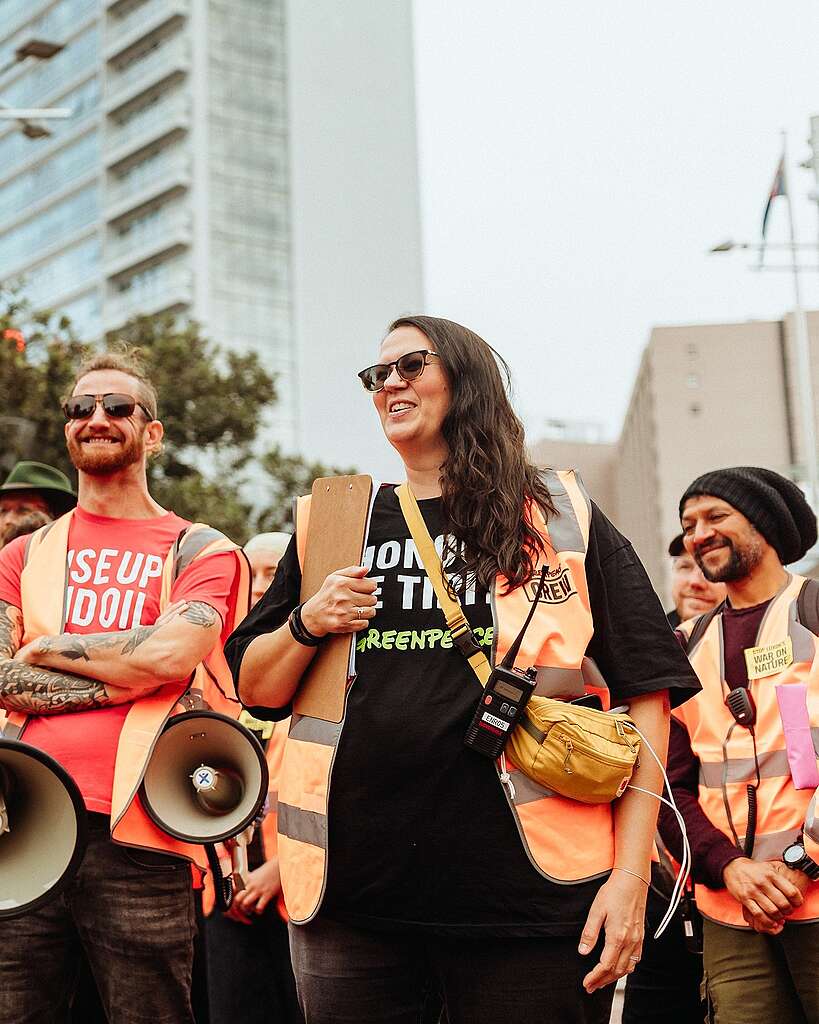Around the world and here in Aotearoa, millions of people are working towards a more green and peaceful future for our planet and its inhabitants — these are some of their stories.
Sign up today to stay up-to-date with Greenpeace news.
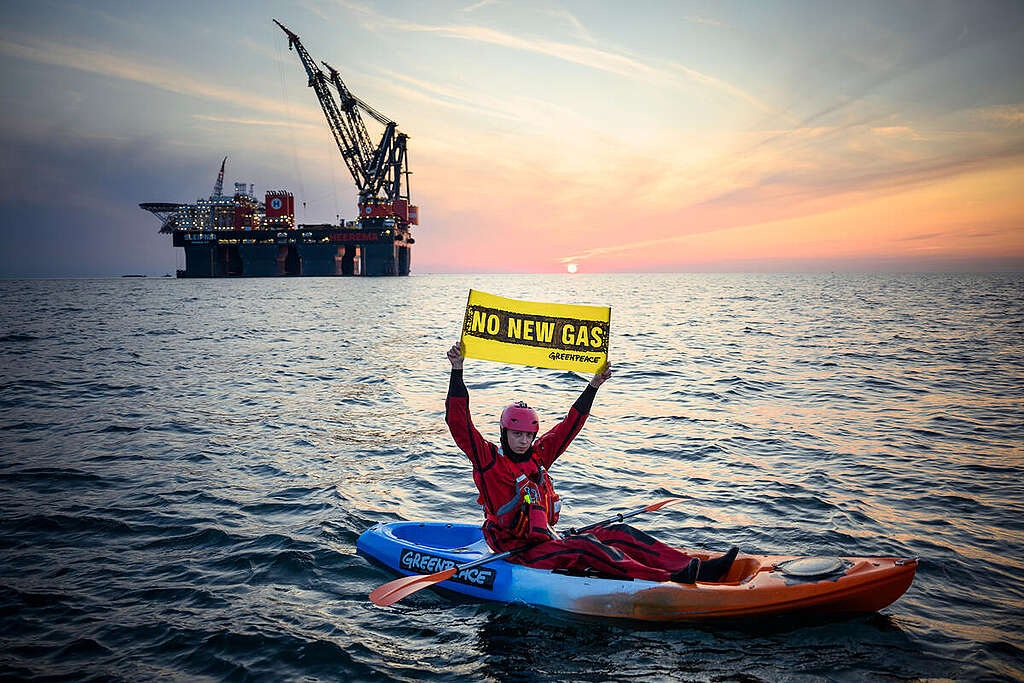
Latest news
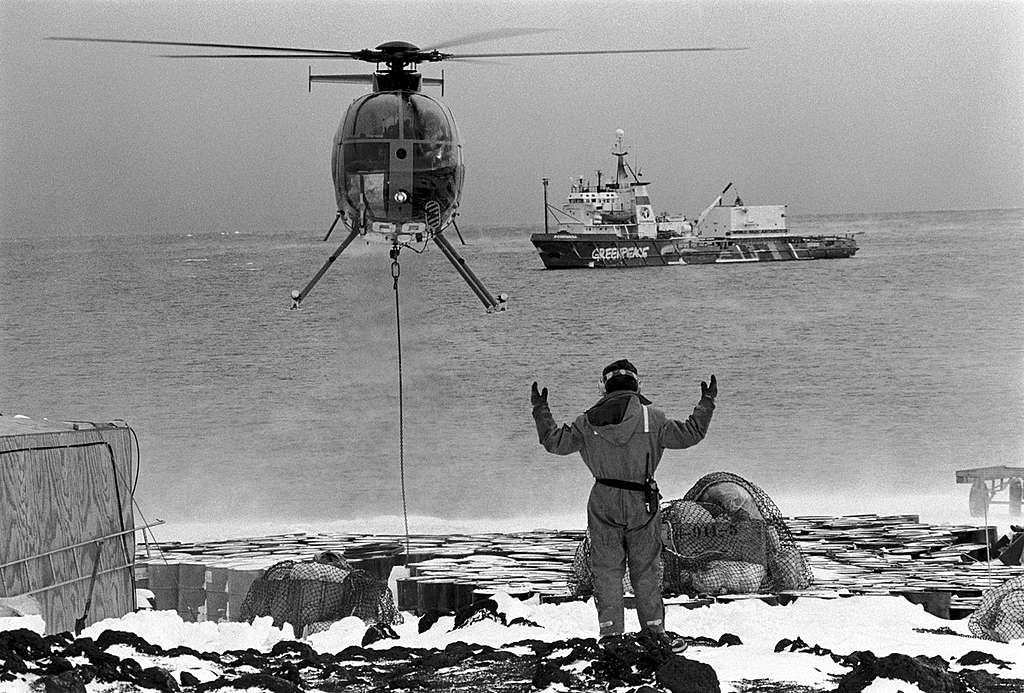
Press releases
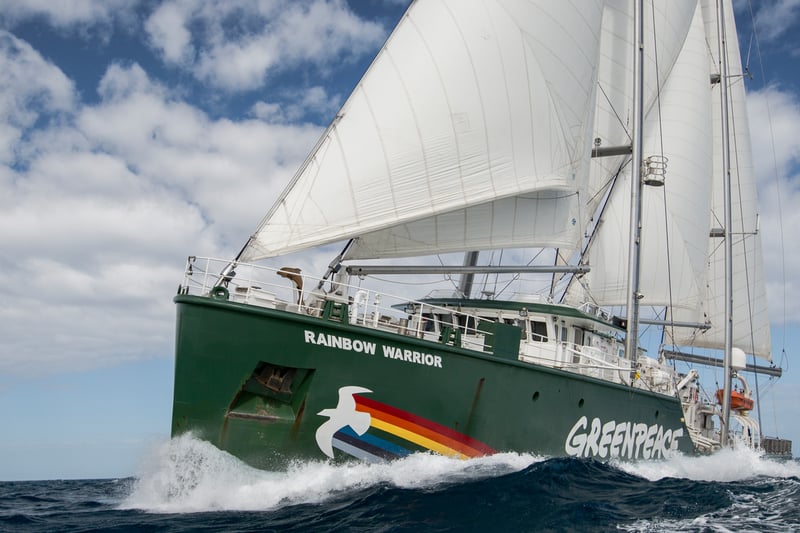
Get on board – Auckland Open Days
The Rainbow Warrior is now back in Auckland and we will be open to the public for free tours on the weekends of 12th – 13th and 19th – 20th July.
We’d love to have you on board!
-
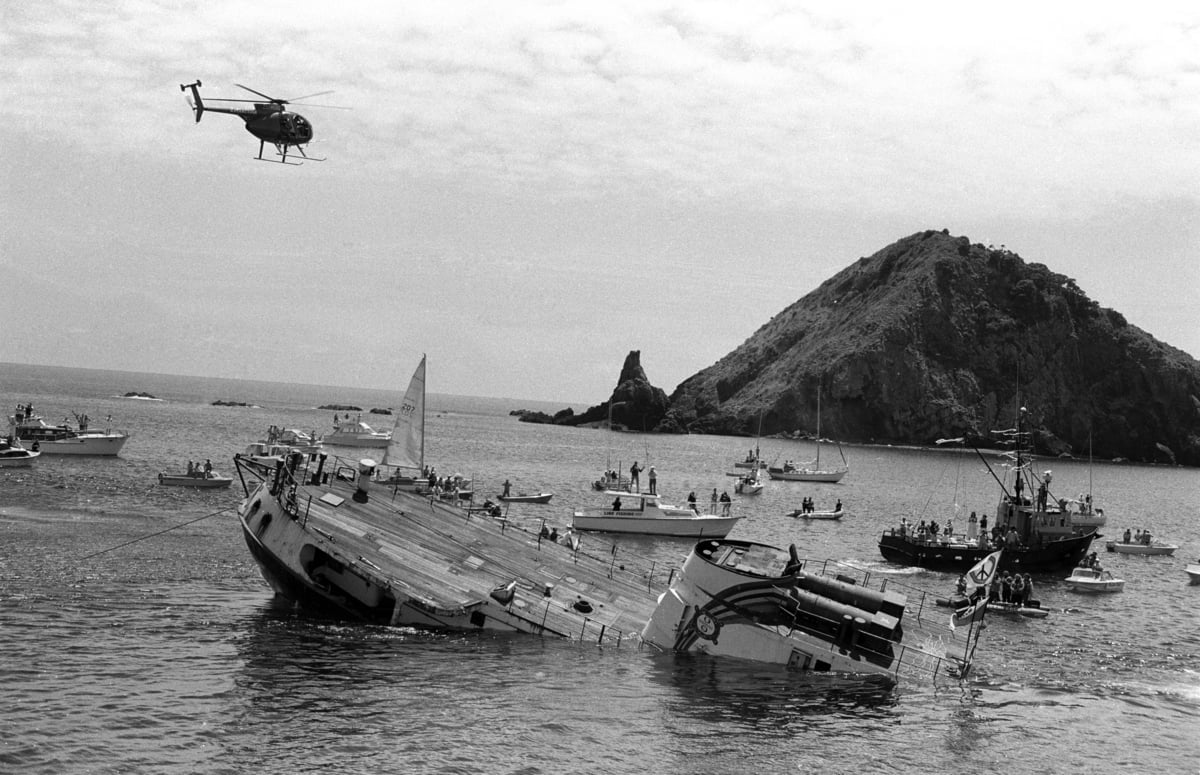
Fortieth anniversary of the Rainbow Warrior bombing
On July 10, 1985, at 11:48 p.m. and 11:51 p.m., two extremely powerful bombs planted by the French secret services sank the Greenpeace ship Rainbow Warrior in Auckland Harbour in…
-
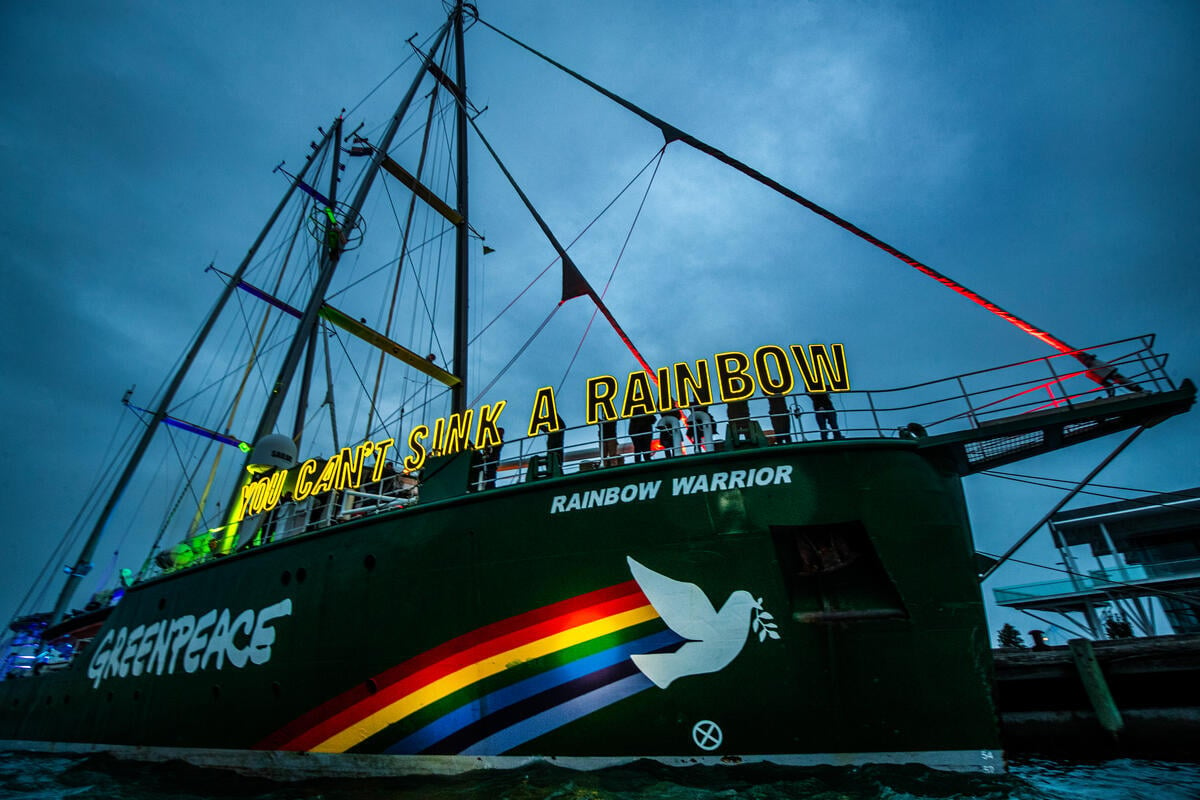
You can’t sink a rainbow and you can’t silence hope
40 years since the bombing of the Rainbow Warrior.
-
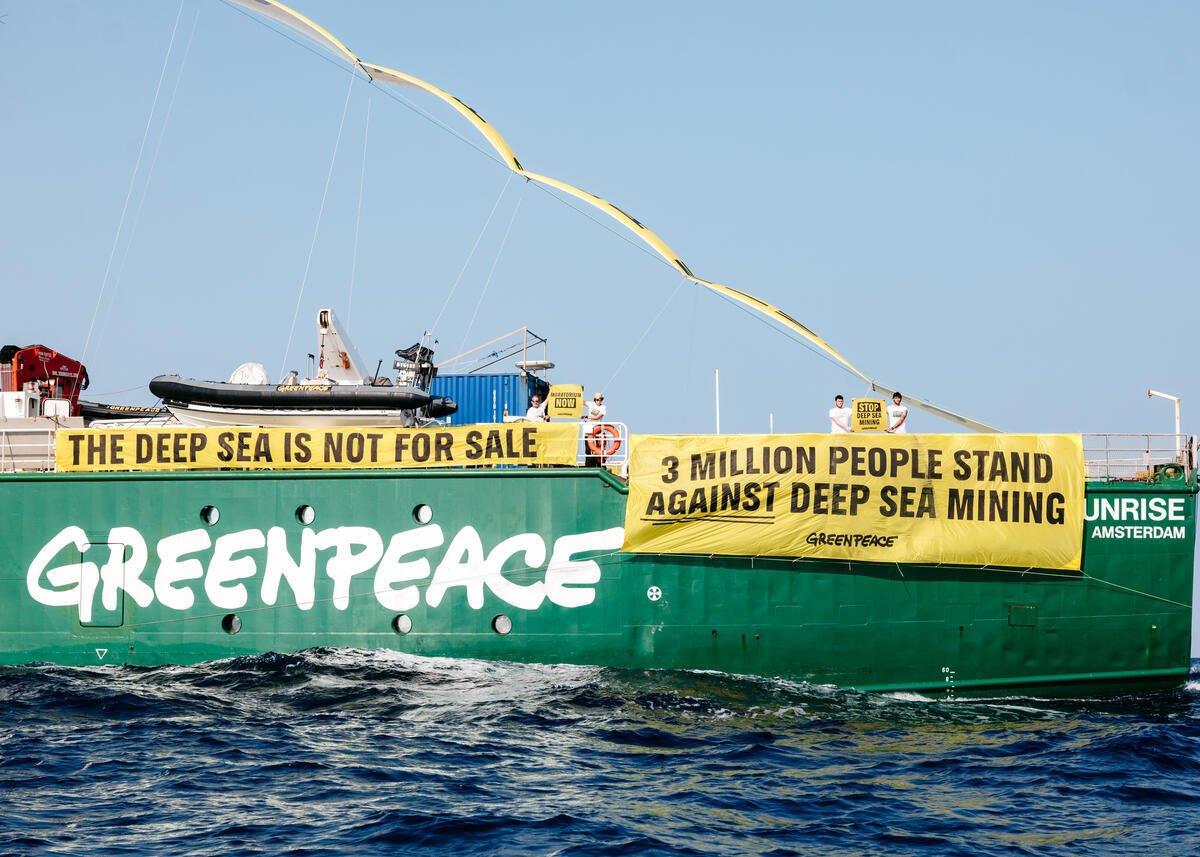
The Metals Company: 5 things to know about the company trying to start deep sea mining
What makes The Metals Company (TMC), a little-known company that isn’t even making any money, a threat to the ocean, international conventions, transparency and the clean energy transition? While deep sea mining has not begun at a commercial scale anywhere on Earth – and we’ve built a global movement of millions of people and political…
-
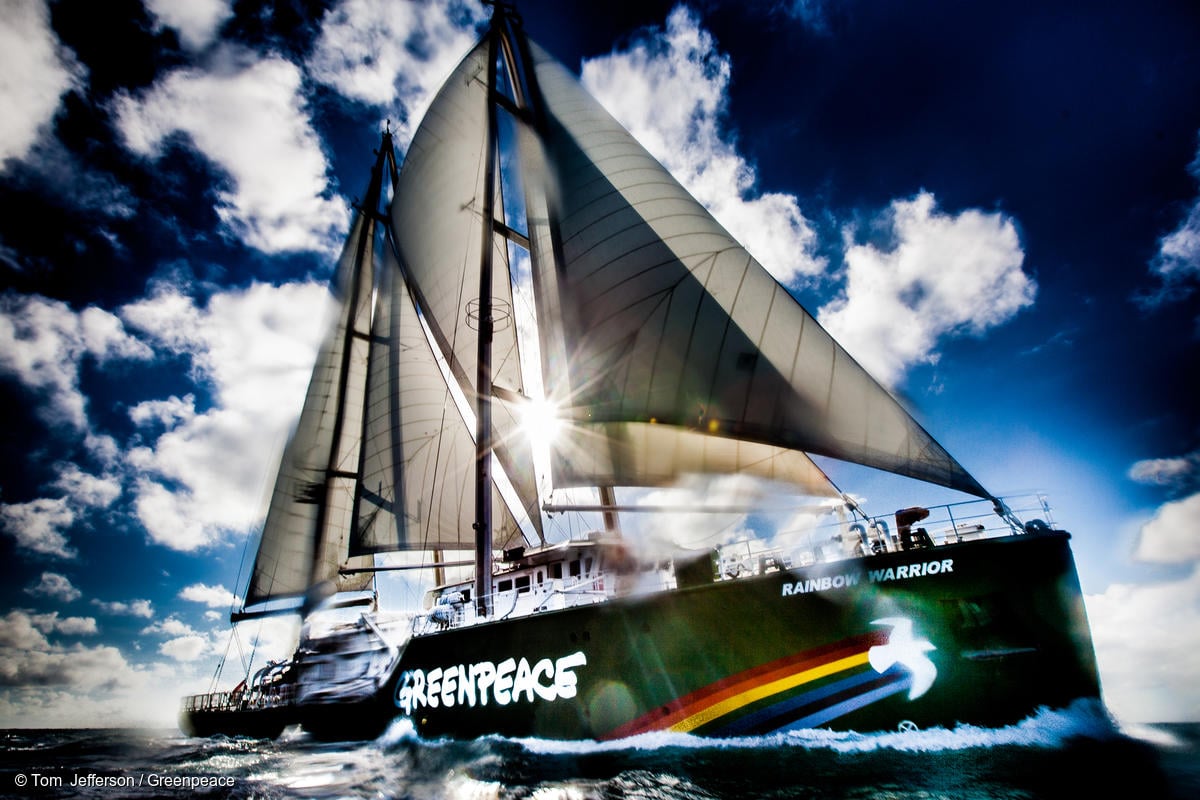
Take a free tour of the Rainbow Warrior: a symbol of resistance and hope in action
The Greenpeace flagship, Rainbow Warrior, is in Auckland on a rare visit to Aotearoa New Zealand. Come on board, experience this iconic ship first hand and meet the crew!
-
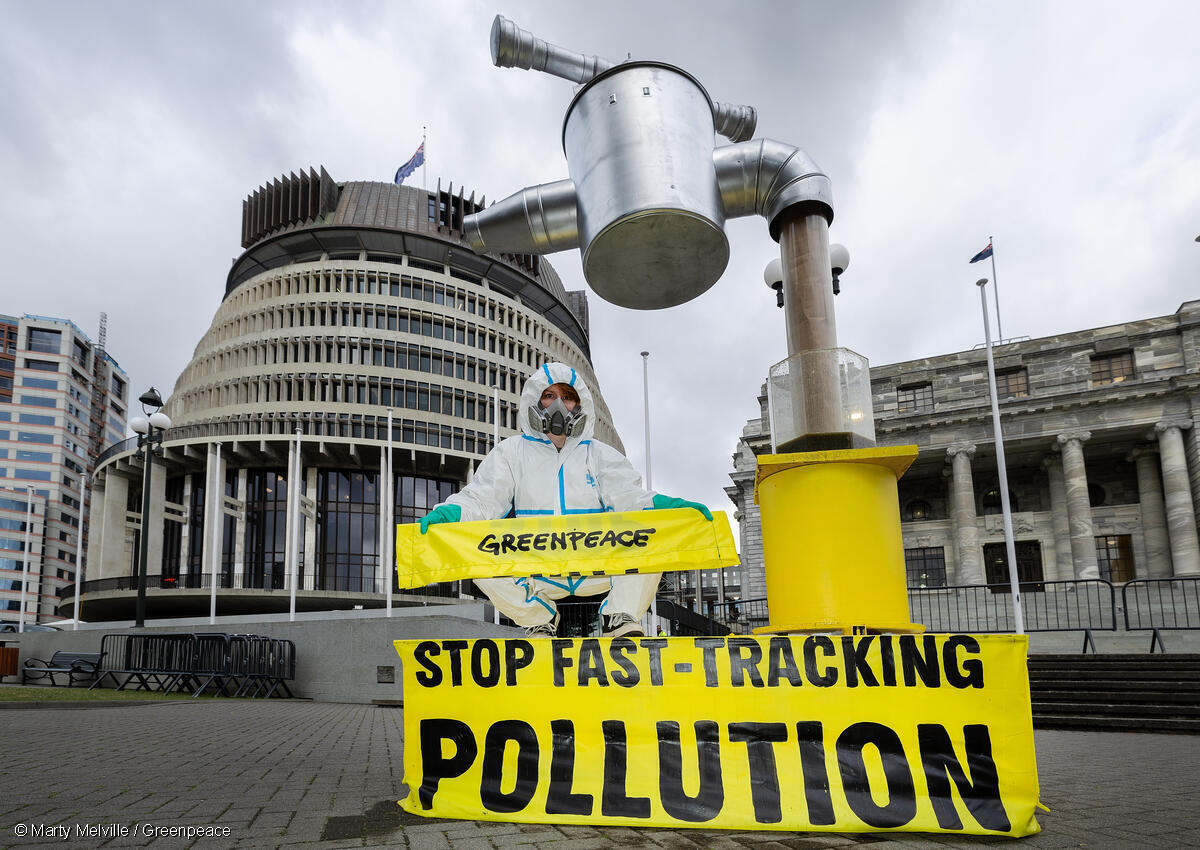
Luxon’s freshwater regulation changes are bad news – here’s why.
The Luxon Government is introducing a raft of freshwater regulation changes to make it easier for intensive dairy to pollute lakes, rivers and drinking water.
-
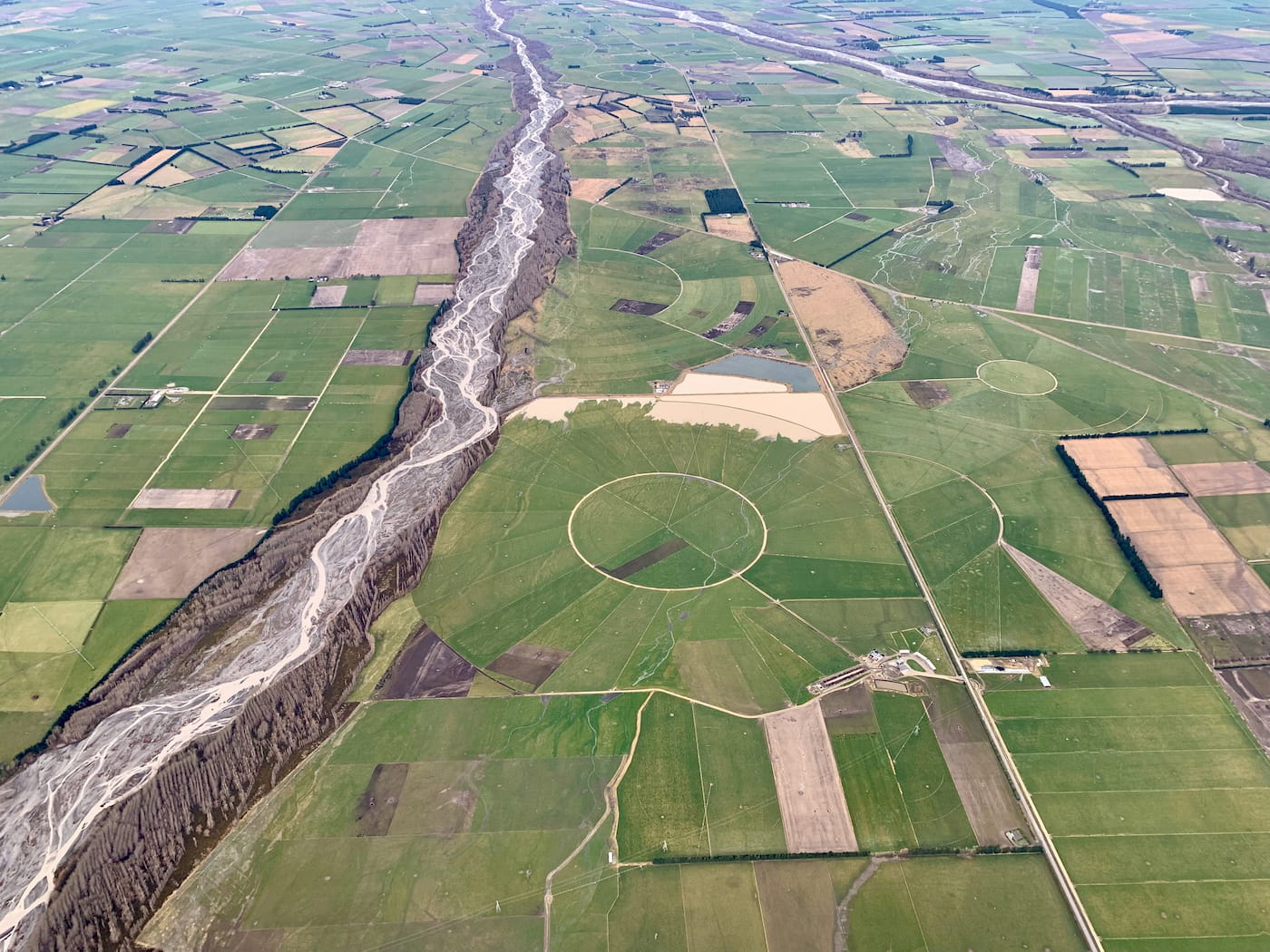
Stop Bishop’s freshwater pollution plan – submit before 27 July!
Chris Bishop and the Luxon Govt are removing rules that protect water from polluting companies. Submit against Bishop’s freshwater pollution plan.
Breaking news, updates, and commentary from Greenpeace campaigners and issue experts.
-
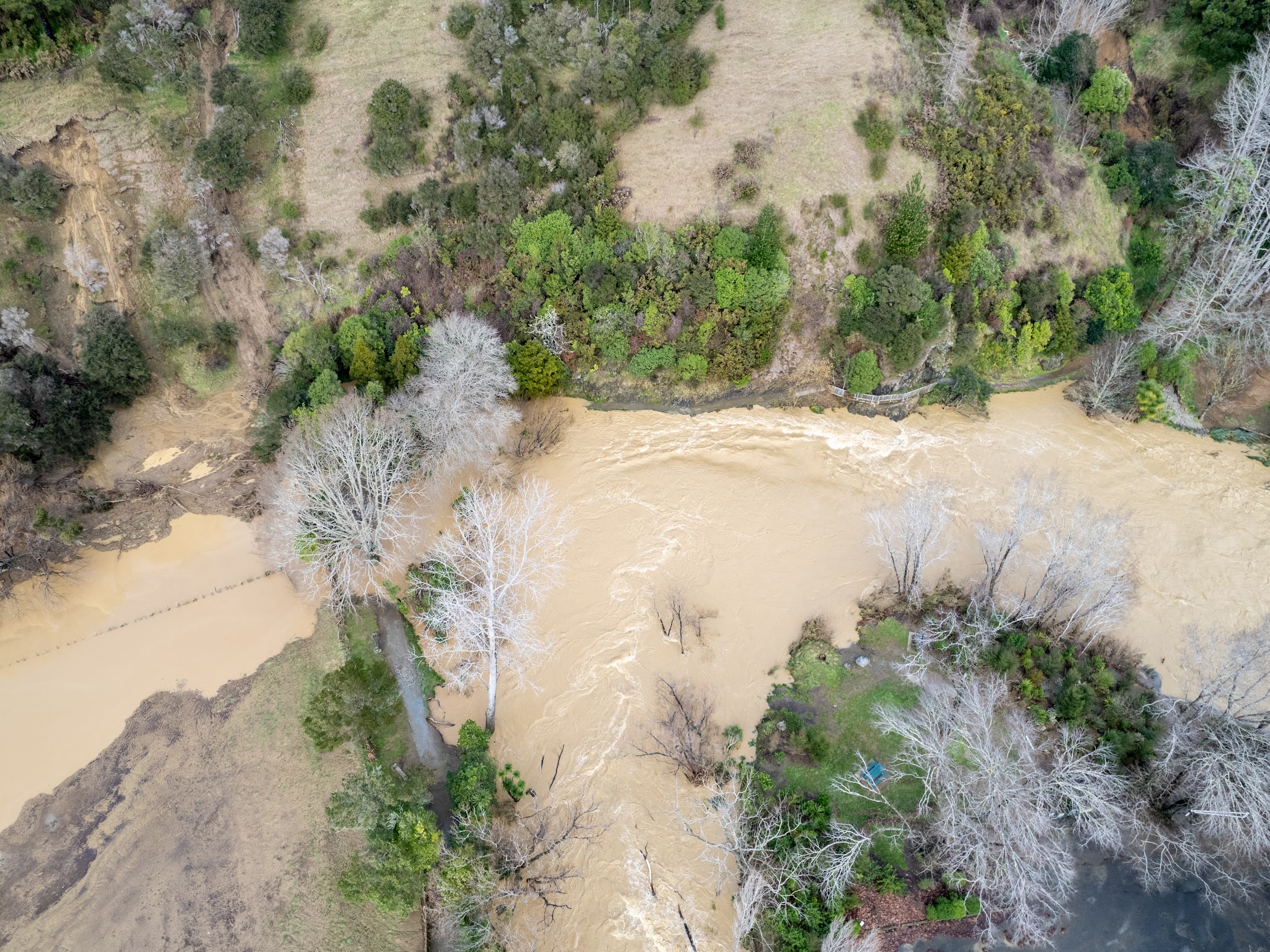
Government agency warns Regulatory Standards Bill could delay climate disaster response
Fresh documents reveal a stark warning from Land Information New Zealand (LINZ) that the Regulatory Standards Bill could hinder the country’s ability to respond to climate-related disasters.
-
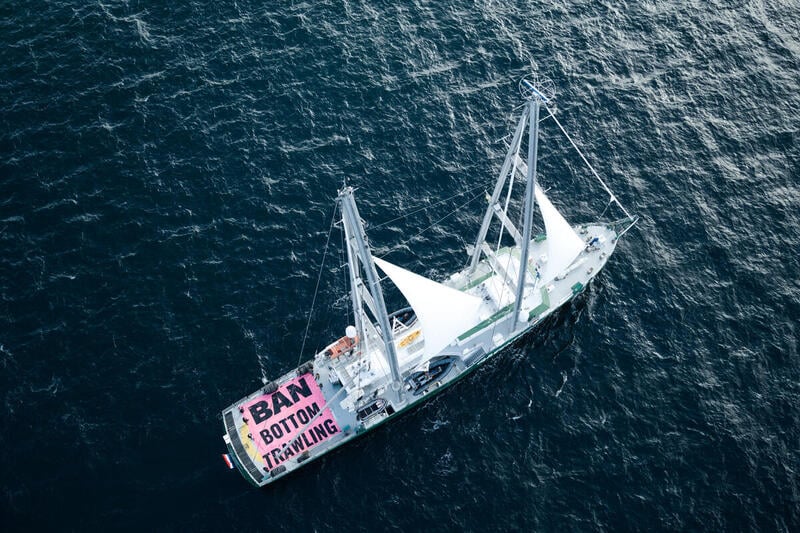
Alliance renews call for bottom trawling ban in Hauraki Gulf
Members of the Hauraki Gulf Alliance have deployed a massive ‘Ban Bottom Trawling’ banner on the deck of the Rainbow Warrior, demanding an end to destructive bottom trawling in the Hauraki Gulf marine park.
-
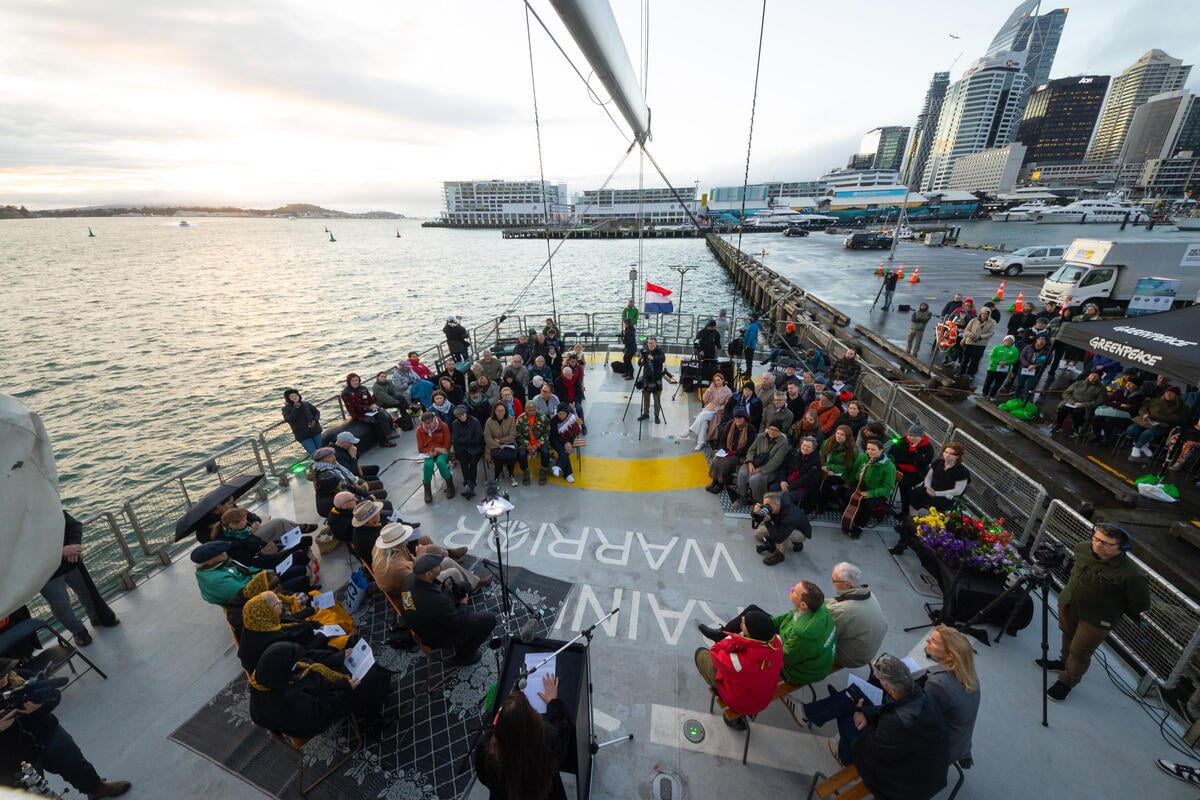
Greenpeace holds dawn commemoration of 40 years since Rainbow Warrior bombing, death of photographer Fernando Pereira
Greenpeace held a dawn ceremony to commemorate the 40th anniversary of the Rainbow Warrior bombing and the death of Fernando Pereira.
-
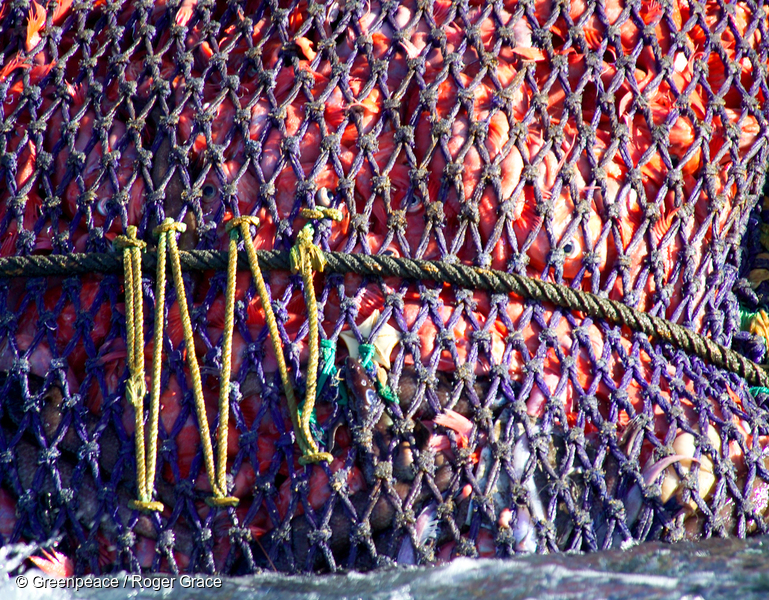
Key orange roughy population on verge of collapse, government considers closure
New data reveals that New Zealand’s main orange roughy fishery, accounting for half of the country’s total catch, is on the brink of collapse, with one model showing it may…
-

A Dirty Deal for Dirty Water – Government’s $56m irrigation subsidy blasted by Greenpeace
Greenpeace is blasting the Government’s latest $56 million irrigation subsidy, calling it a ‘dirty deal for dirty water’.
-
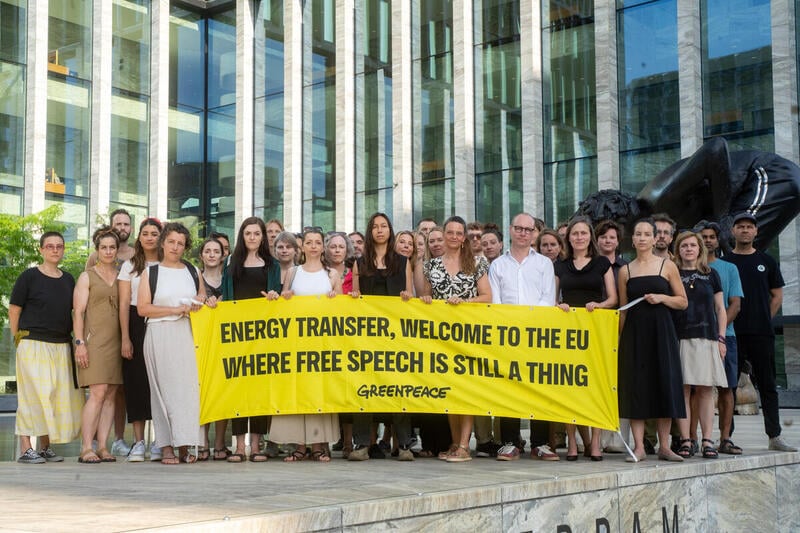
Greenpeace International begins groundbreaking Anti-SLAPP case to protect freedom of speech
In a landmark test case of the European Union’s new legislation to protect freedom of expression and stop abusive lawsuits, Greenpeace International has overnight challenged the US oil pipeline company,…
-
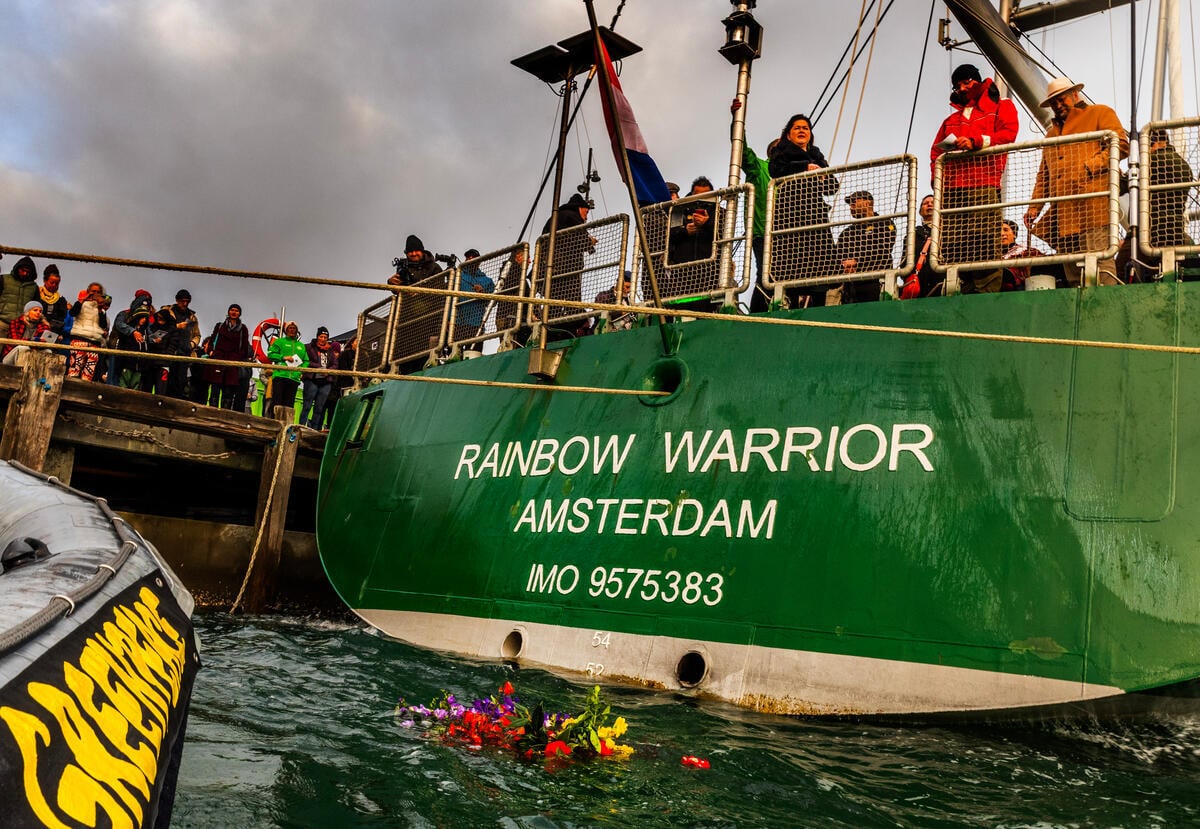
Rainbow Warrior bombing: Call to continue fight against nuclear weapons
Samantha Hayes visited the Rainbow Warrior in Auckland this week.
-
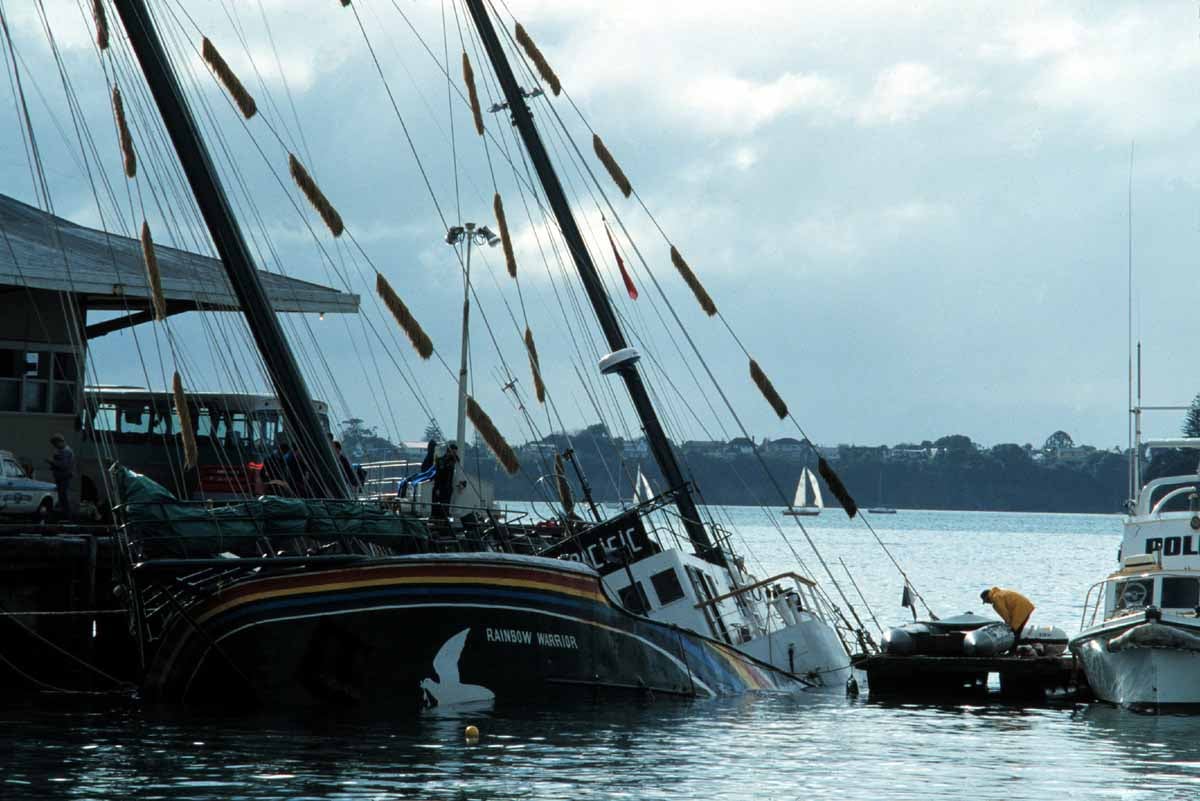
40 Years on: The Legacy of the Rainbow Warrior & Indigenous Resistance
Forty years after the bombing of the Rainbow Warrior, the spirit of resistance sails on. From anti-nuclear activism to climate justice, the push for transformation is inextricably tied to tino…
-
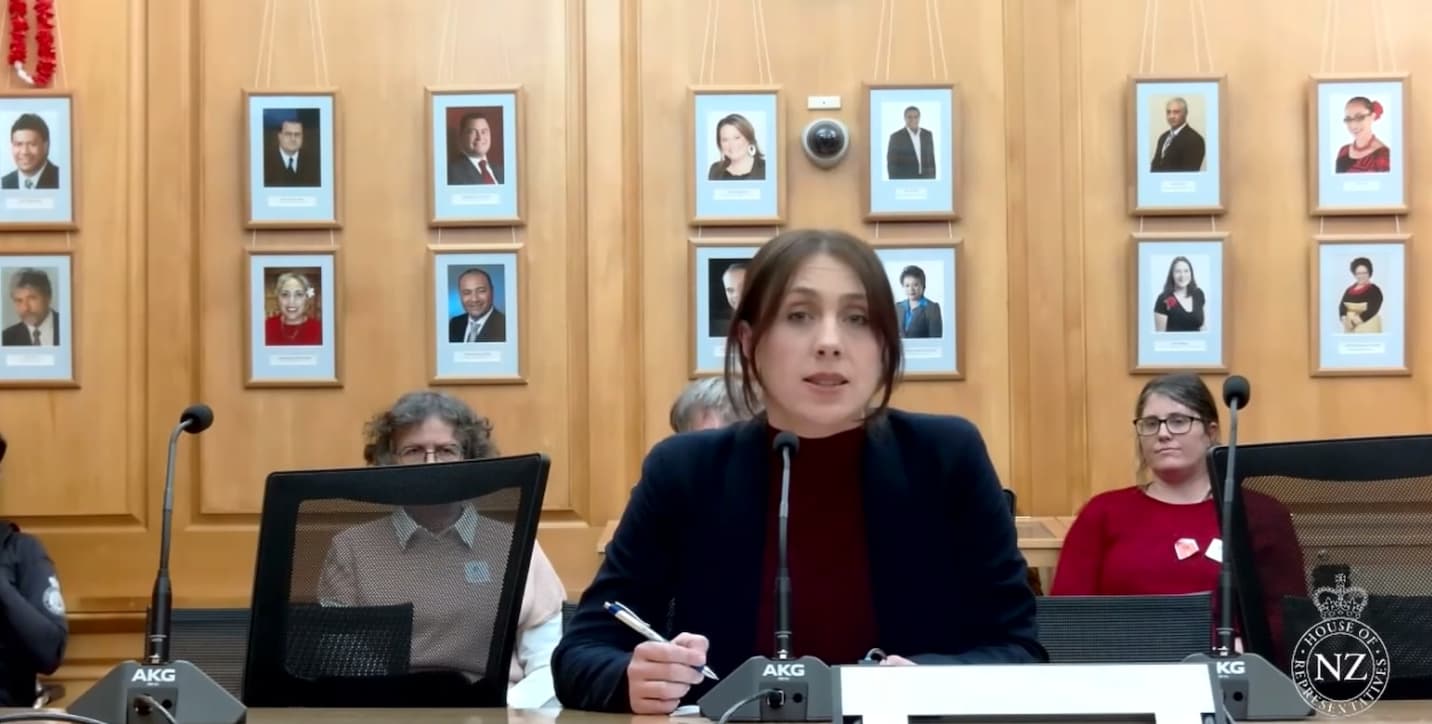
Oral submission on the Regulatory Standards Bill
Greenpeace campaigner Gen Toop delivers the Greenpeace submission on the Regulatory Standards Bill.
-
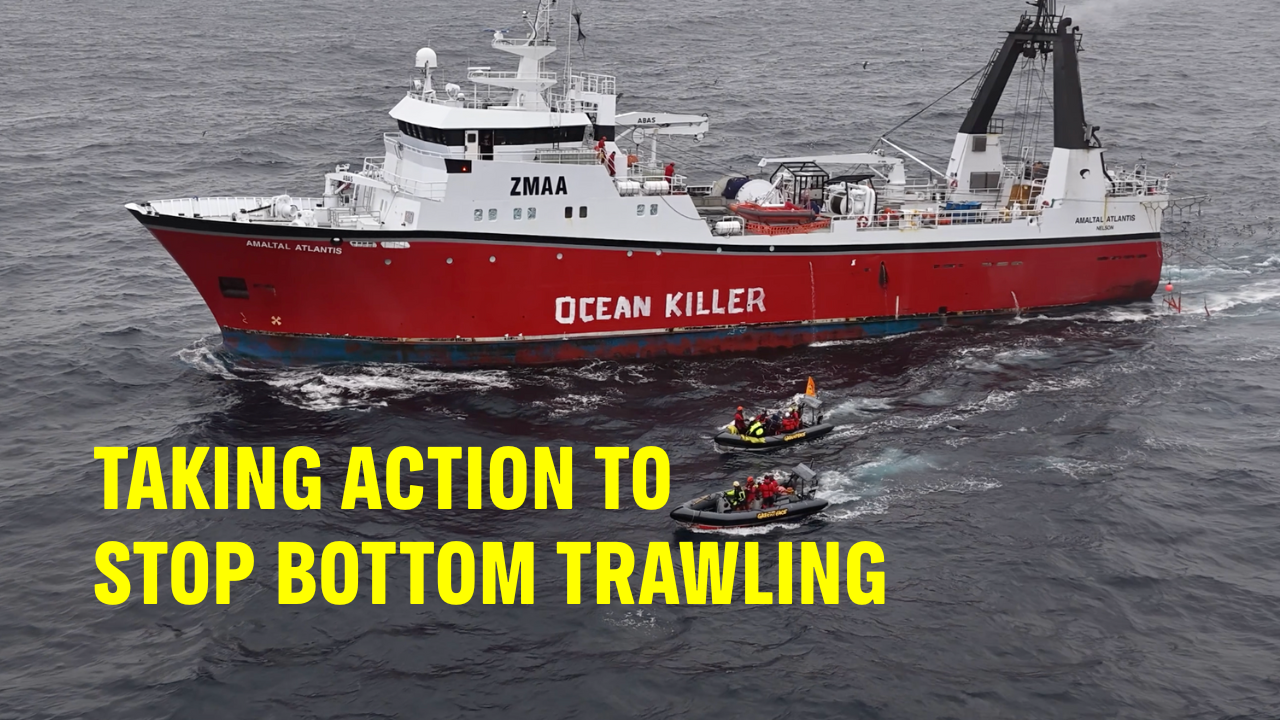
VIDEO Taking action to stop bottom trawling
Over the past two weeks the Rainbow Warrior has been at sea off the coast Aotearoa, documenting bottom trawlers and standing up for ocean protection.Greenpeace activists confronted two bottom trawlers…
-
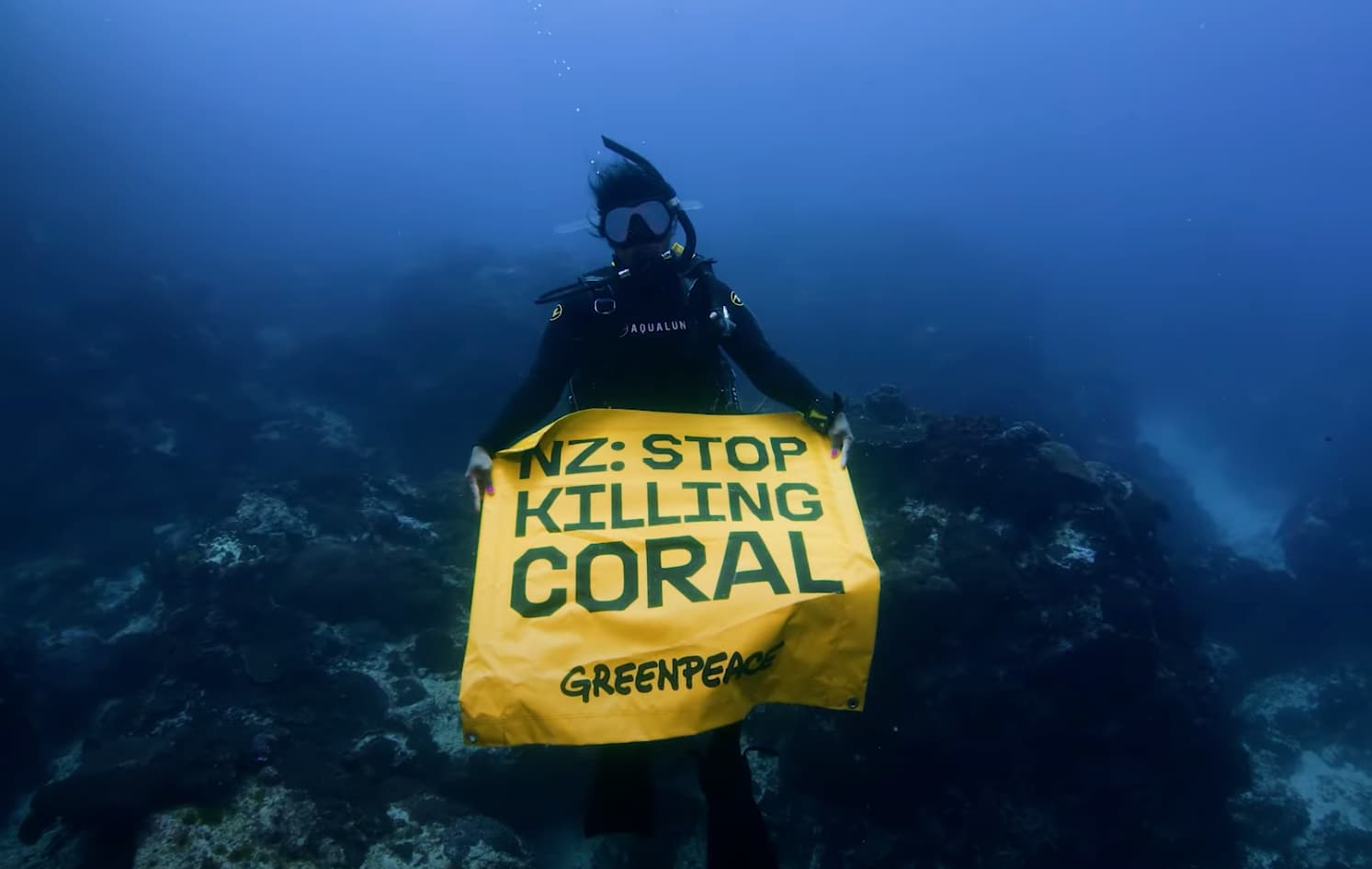
What’s at stake: The beauty of the Tasman Sea
Marine scientist Kat Goddard visited the Lord Howe Rise area, along with a Greenpeace team, to document the abundant marine life around Lord Howe Island, a small exposed portion of…
-
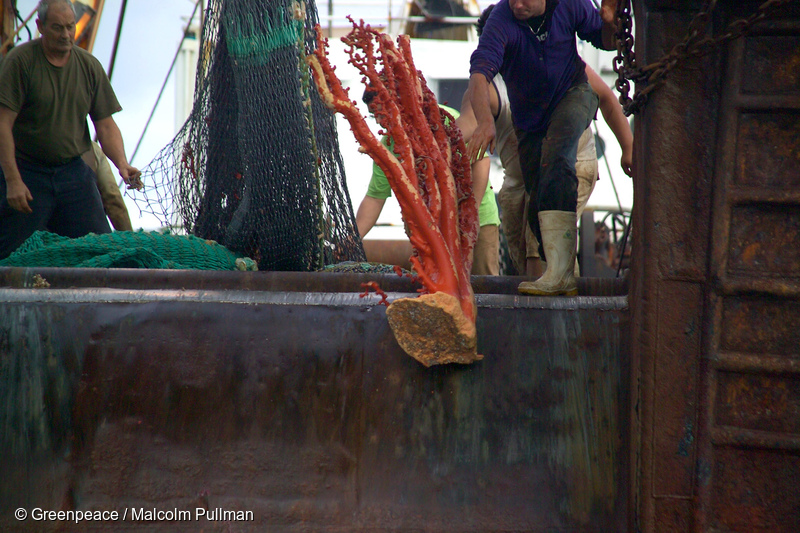
The true story behind the bottom trawling photo that shocked the world
20 years ago today, Greenpeace captured an image of bottom trawlers hauling up a giant piece of ancient coral in the Tasman Sea. The image sent shockwaves around the world – but how did we get it? And 20 years later, where are we at with the campaign to ban bottom trawling?

